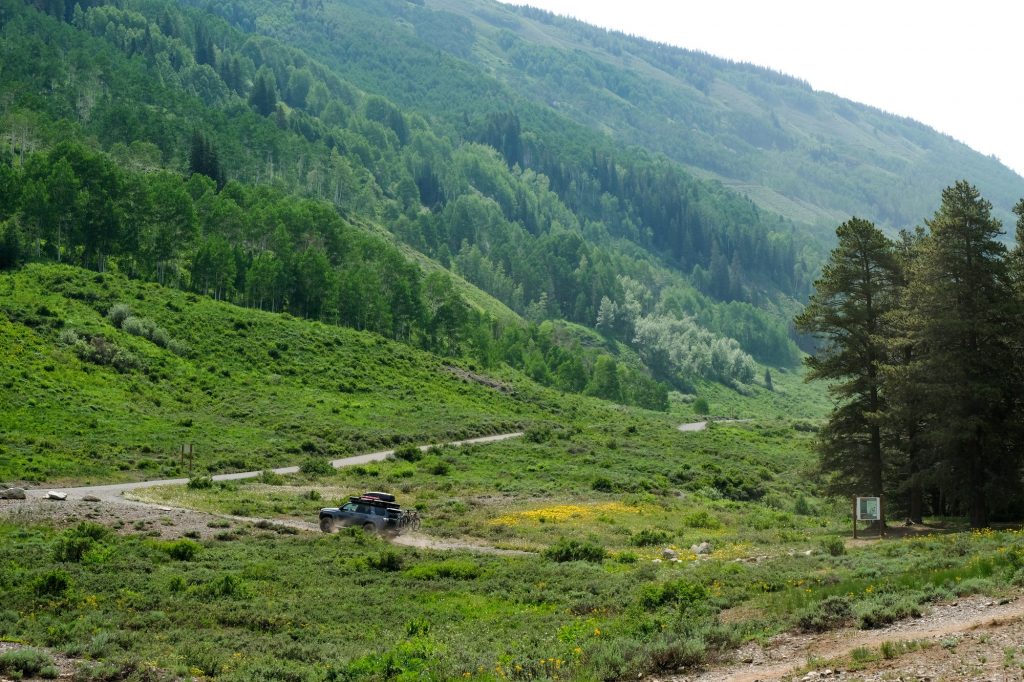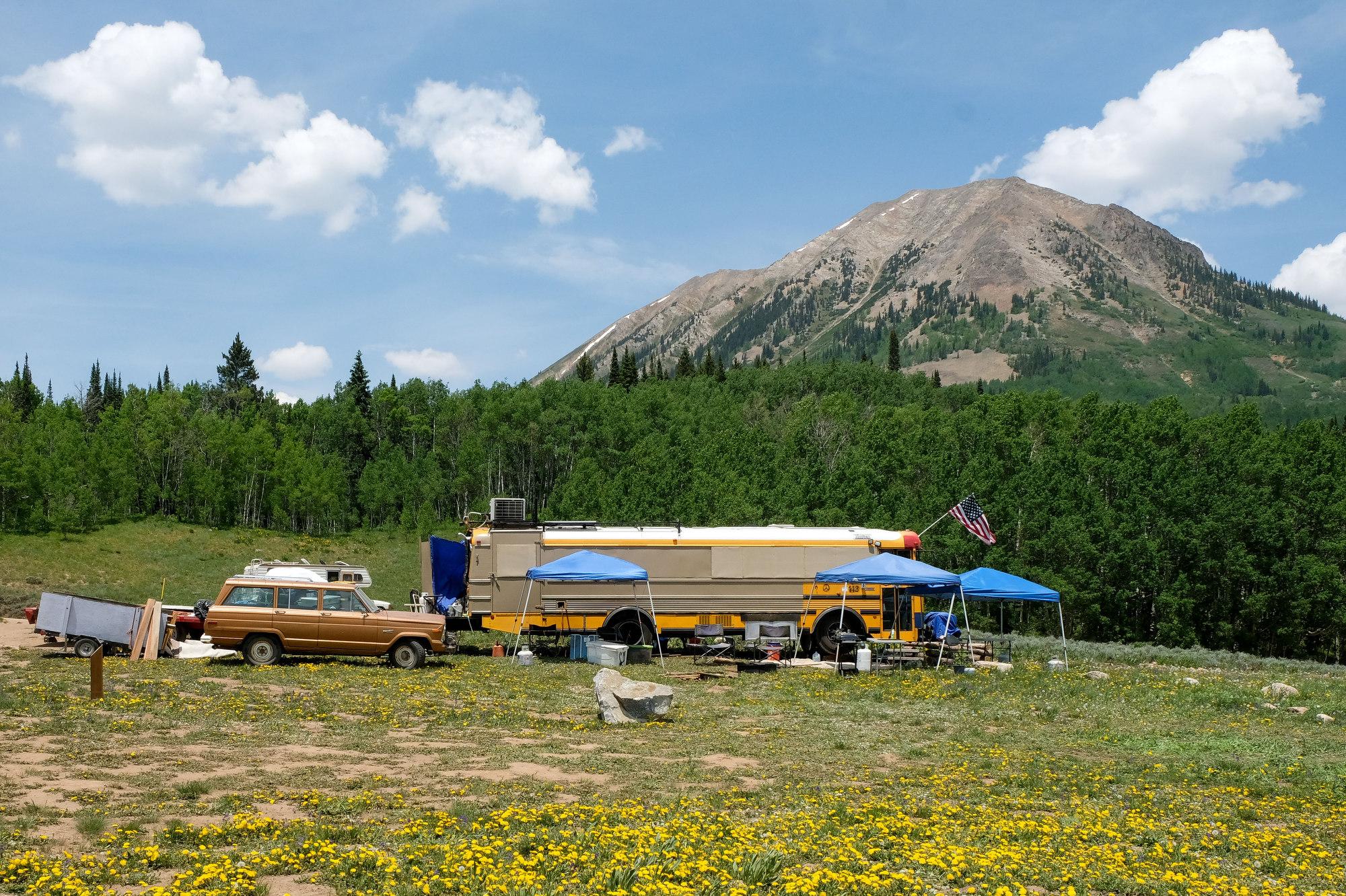
Jonathan Civitelli’s mountain retreat is tucked in a stand of pine trees, close to popular mountain biking trails, and just 15 minutes from his bartending job in Crested Butte.
And unlike the $1 million to $4 million homes just down the road, Civitelli’s place, a campsite in the Gunnison National Forest, is free.
“I’ve been enjoying no service, reading, hanging out,” said the 28-year-old Alabama native. “And then I go into town, work, and save some money in the process.”
It’s hard to say just how many people like Civitelli live in the National Forest around Crested Butte — he estimates perhaps 10 of his coworkers at Secret Stash Pizza do. But one thing is for certain: those campsites are more popular than ever before.
And a shift in how the Forest Service manages camping is limiting that important — yet illegal — cheap housing option just as finding an affordable place to live is harder than ever.
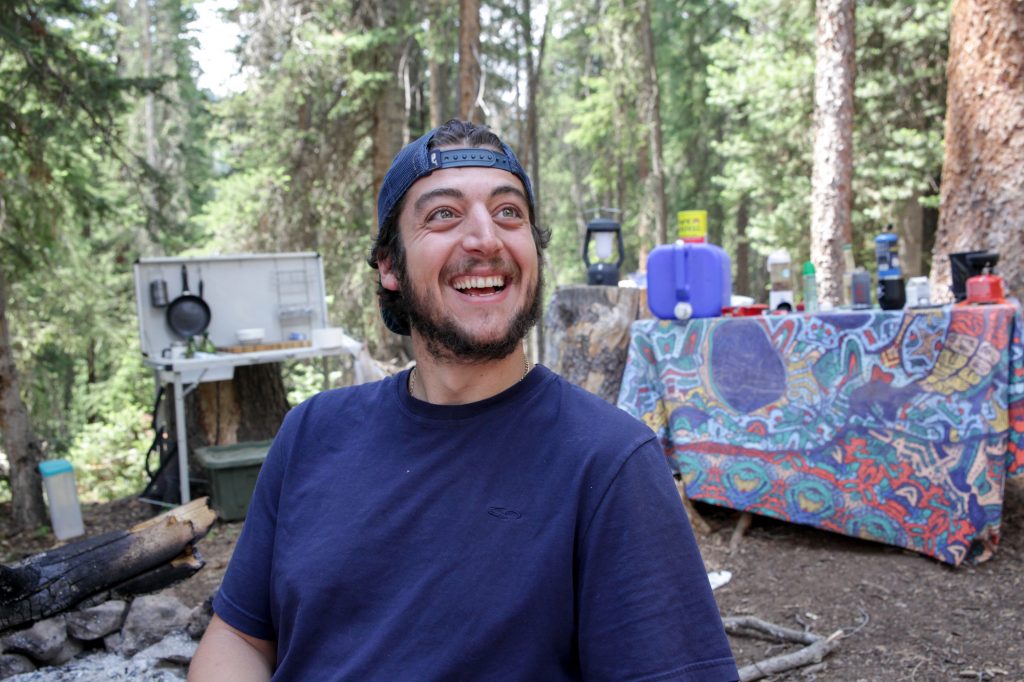
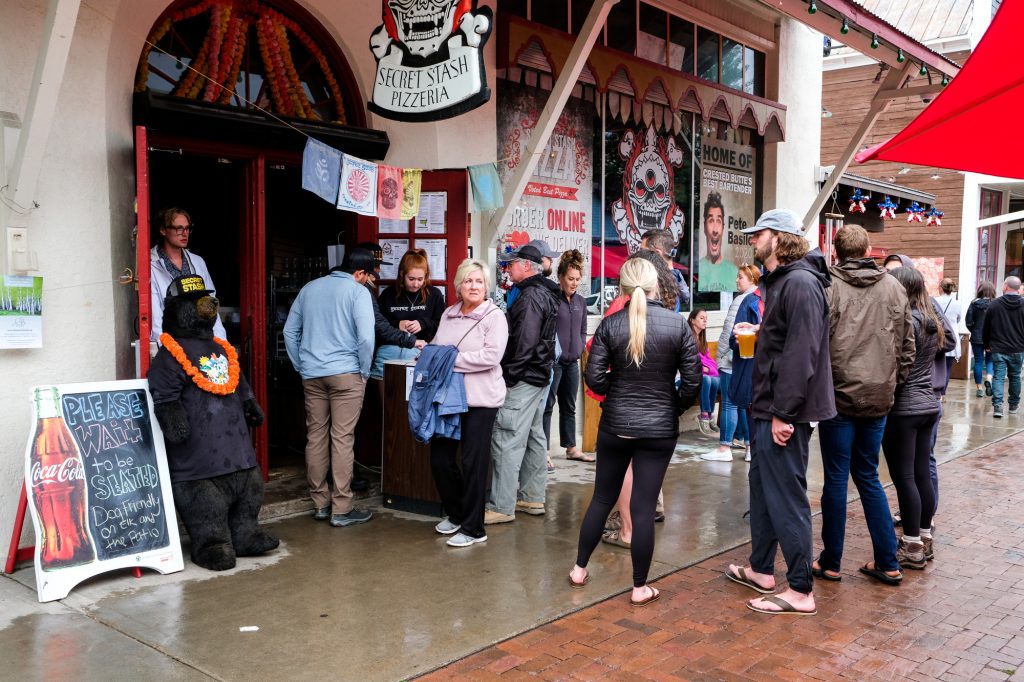
Crested Butte had been growing in popularity for years. But the pandemic opened it up in new ways.
As recently as the 2000s, campers would only have to drive 10 to 15 minutes outside of Crested Butte to find a spot for their tent on public land, said Jake Scott with the Crested Butte Conservation Corps.
The land gradually grew more popular over the years, until the pandemic hit last year and Americans went outside in record numbers.
The six valleys around Crested Butte where dispersed camping was allowed were overwhelmed in the summer of 2020, Scott said. Some campers would even work remotely via a cellular or satellite internet connection for weeks at a time.
“It was wild. It was pretty crazy,” Scott said, adding that, “Everyone was having a good time. But it was like way more people than this area can accommodate.”
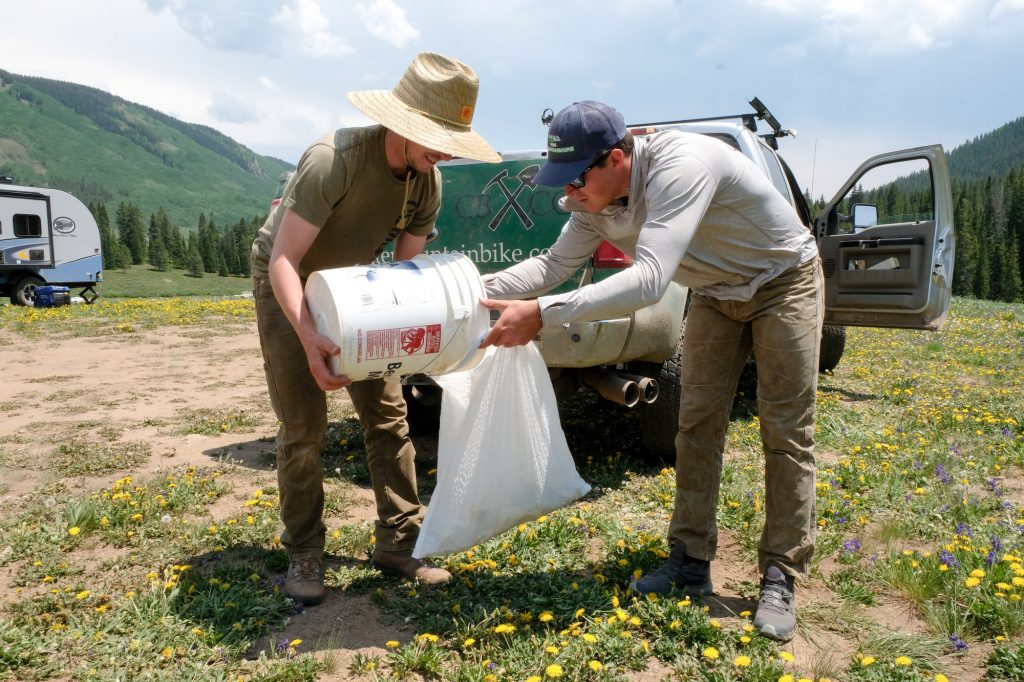
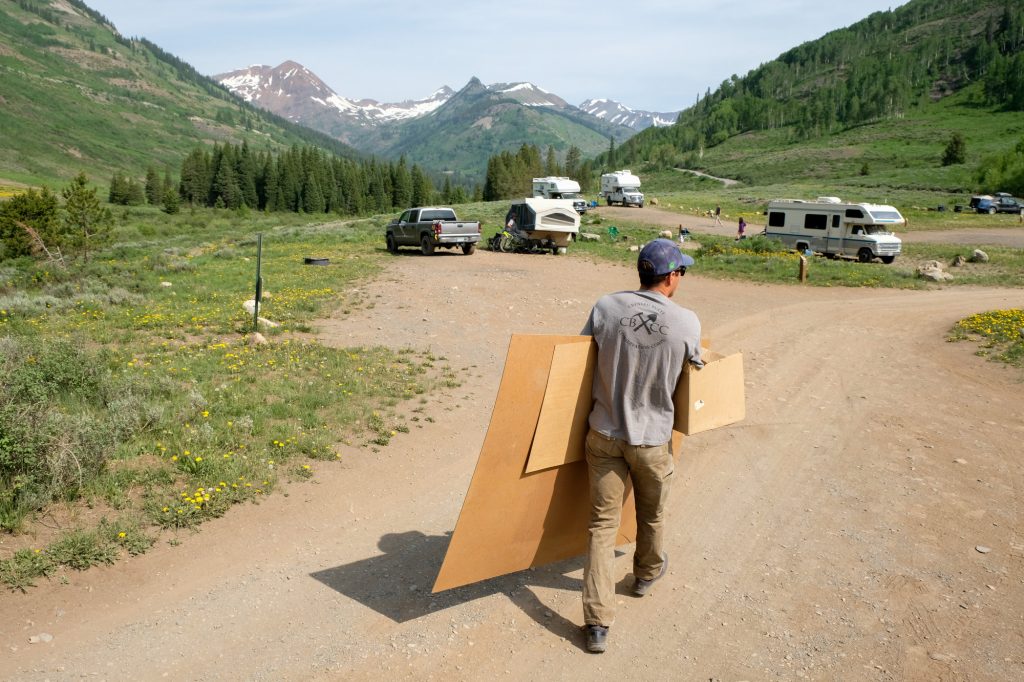
The rise in popularity of SUVs also allowed more people to create their own roads through the delicate backcountry, a practice the CBCC is trying to prevent by placing large boulders in strategic places.
And then there was all the human waste and other refuse. Within a week of cleaning a campground, Scott said, "It would be like I wasn't even here. It would be like all the trash I picked up came right back."
That sustained jump in popularity is why the Forest Service is tightening restrictions on where people can camp to built-out, designated sites only. Those will come with more modern amenities — fire rings and even outhouses in some places.
Some existing campsites that are too close to waterways or on steep slopes will be removed. But the Forest Service is trying to preserve as many sites as possible — about 230 across all six drainages — said Gunnison District Ranger Matt McCombs. In total, McCombs said, the new rules limiting camping will only apply to about 20,000 acres of the Gunnison Ranger District’s 1.3 million acres.
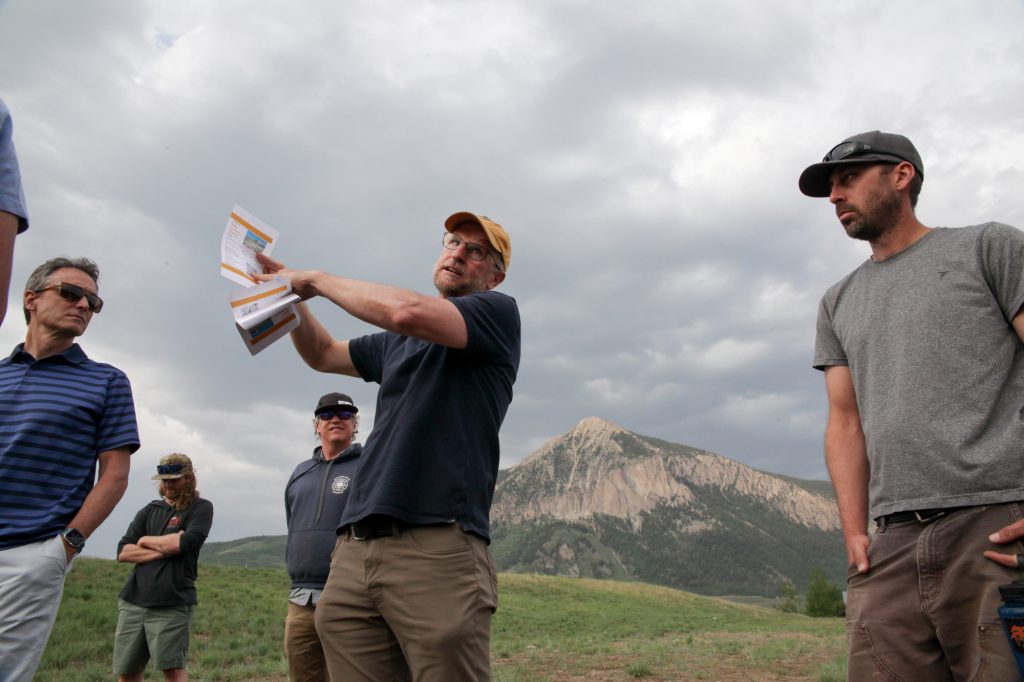
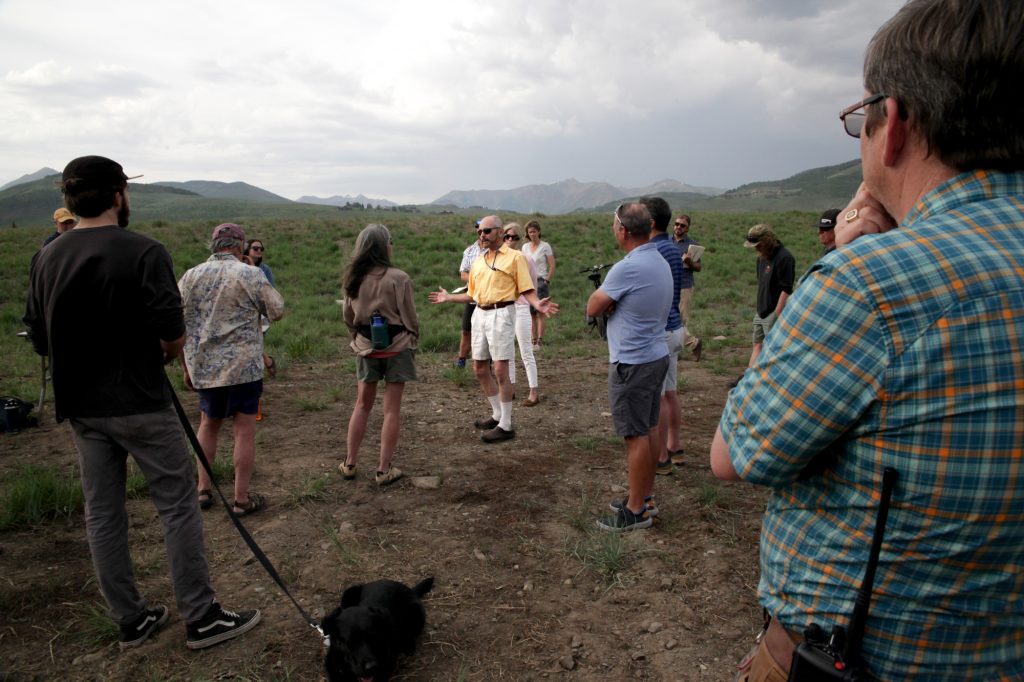
“There is an unbelievable opportunity across the entirety of the national forest to still experience that traditional dispersed camping opportunity,” he said. “And it’ll be like that for a very, very long time.”
More tourists, fewer places to camp, and extremely limited affordable housing could hurt local workers like Jonathan Civitelli.
He’s confident he could find a spot if he really needed one. And he already moves sites every few weeks to try to stay in compliance with the Forest Service’s 14-day limit on camping.
But that’s a misreading of the regulation, McCombs said. Campers can only stay for 14 days in a 30-day period, regardless of whether they move sites or not. McCombs said the National Forest shouldn’t be used as housing, despite the new crush of visitors.
“Bottom line is that it’s not a sustainable solution for the housing challenges that we’re facing in these mountain communities,” he said.
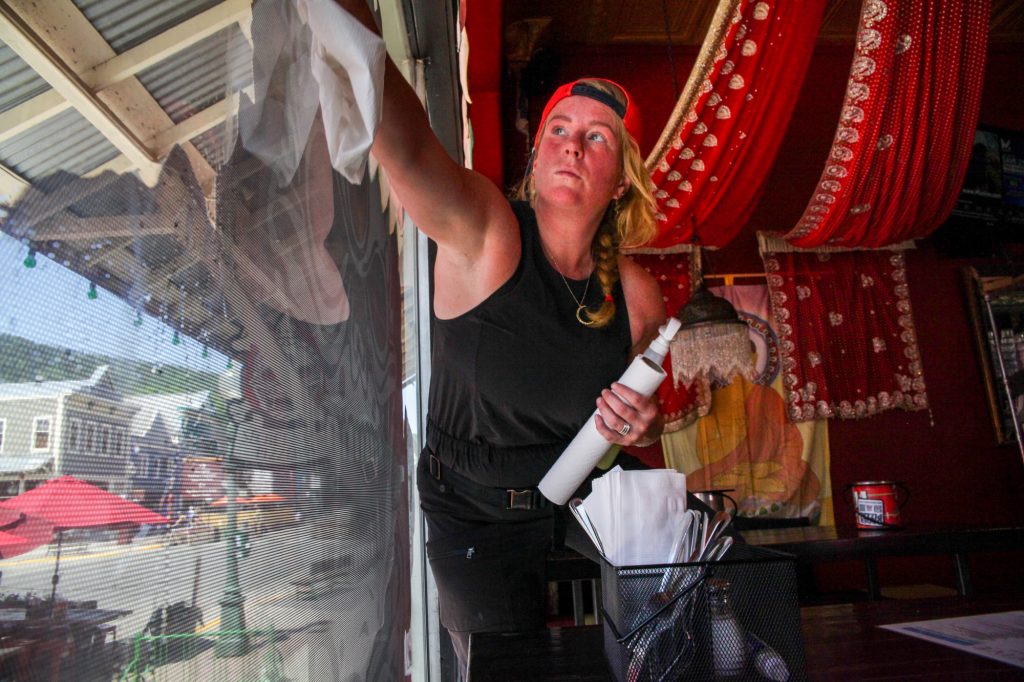
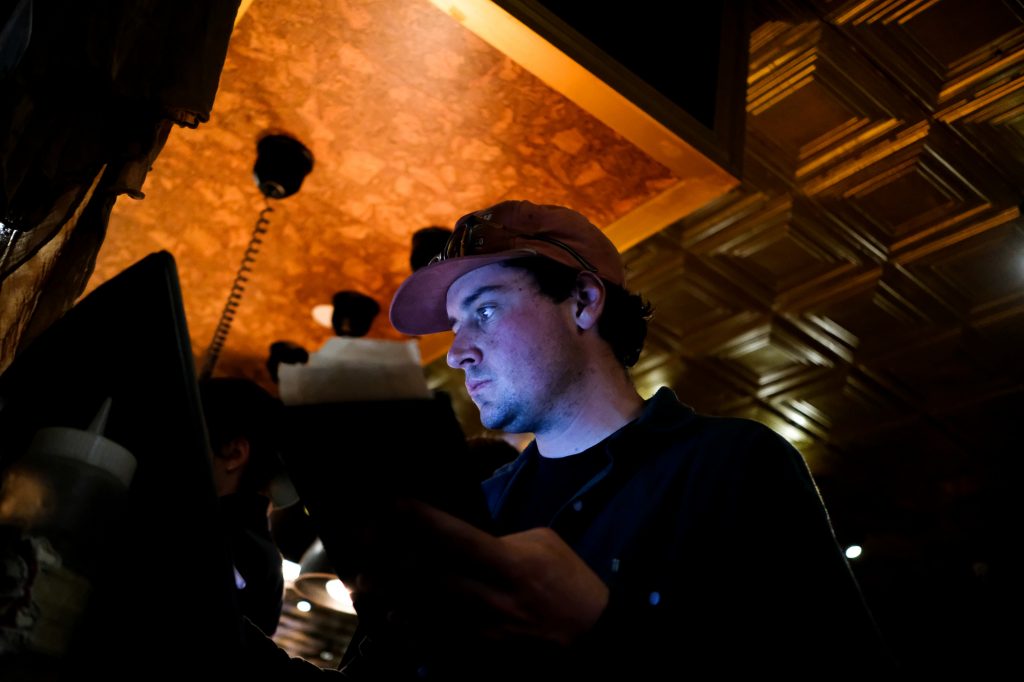
The Forest Service and local law enforcement educate campers about the rules first, McCombs said, but will issue citations if necessary.
Crested Butte Mayor Jim Schmidt said a handful of factors have combined to make housing more expensive and scarce. Some new residents are working remotely and keeping their out-of-town salaries. (Economists say resort towns where many residents make money outside the local economy can distort the local housing market.) And COVID made short-term rentals even more popular, eating up housing stock for locals.
“Unfortunately, I think it might be the new normal,” Schmidt said of the current housing situation.
The Crested Butte town council is considering a moratorium on new short-term rentals and recently allowed camping on private land. The town also recently bought a former bed and breakfast to house workers and declared its housing crisis an emergency, which will enable it to speed up affordable housing projects.
But those efforts could take years and people need housing now. The lack of places to live is leading to labor shortages; some businesses in town are closing a few days a week because they can’t find staff.
“It’s worse than ever,” said Kyleena Falzone, who owns the Secret Stash Pizza and Bonez restaurants in Crested Butte. “If you look in the paper today, there were three rentals and two and a half pages of jobs.”
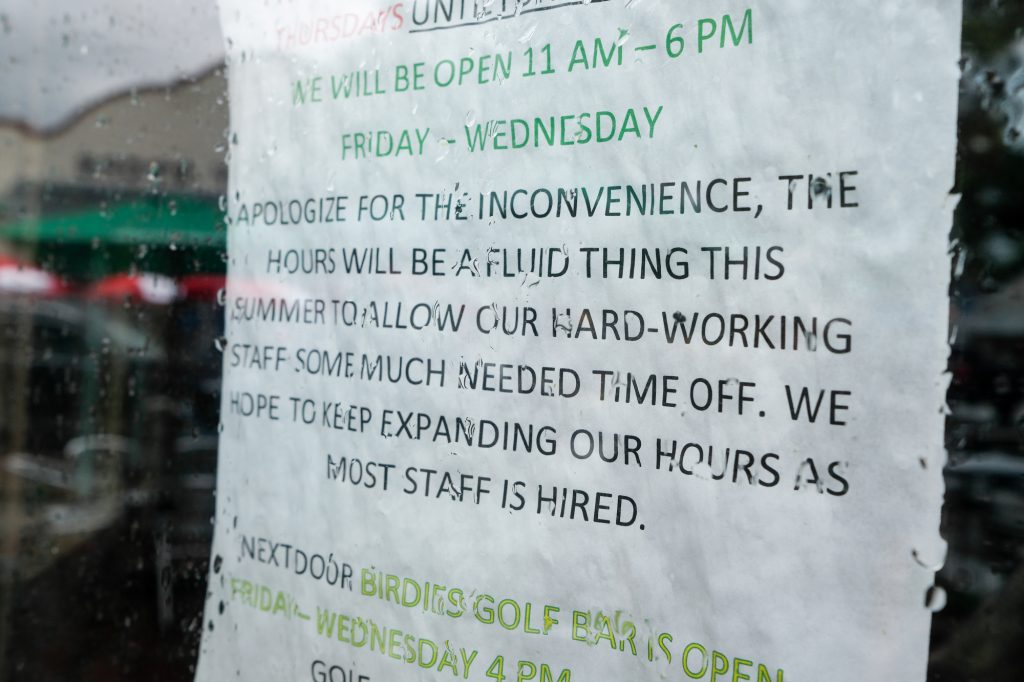
Falzone said she’s managed to keep her doors open and retain staff because, as a larger business with 130 workers, she can offer benefits like retirement and ski passes. She said she even lets staff shower and do laundry at her home near downtown Crested Butte.
But Falzone said she recently told town leaders they need to find more immediate solutions, like allowing locals to camp on public land in town.
“And was like, you have to do this now. You can't wait or you're gonna lose everybody,” Falzone said.
One of Falzone’s employees, Alysha Joaquin, was recently booted from her rental because, she suspects, her landlord is preparing to sell the house. She’s since couch surfed, slept in her car and stayed in an otherwise vacant accessory dwelling unit as she looks for another rental. She’s camped out of necessity before, and if that option disappears, she may have to do that, too.
“People are just going to have to pick up and leave,” Joaquin said. “We won’t be able to stay here. Me included.”
